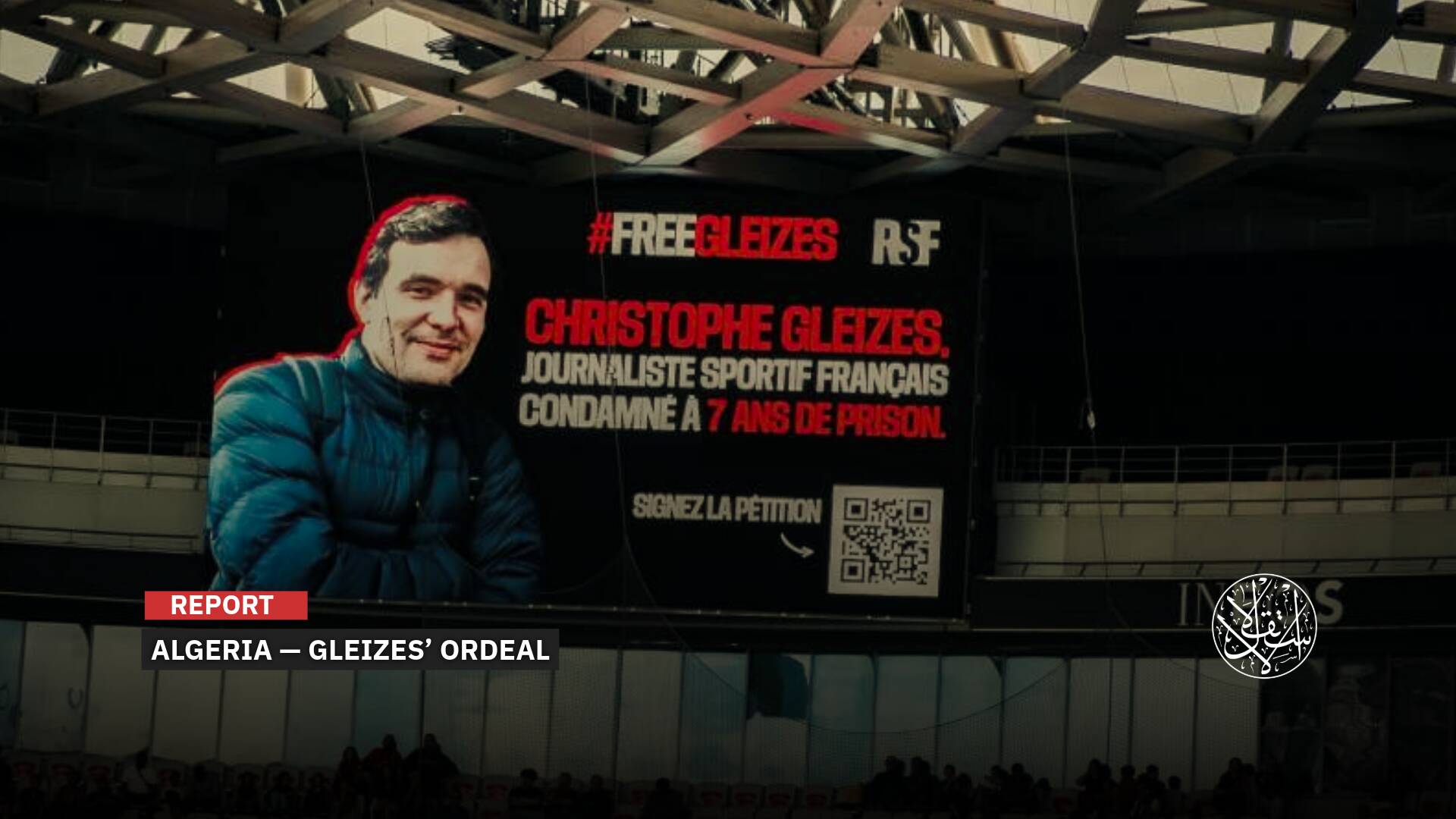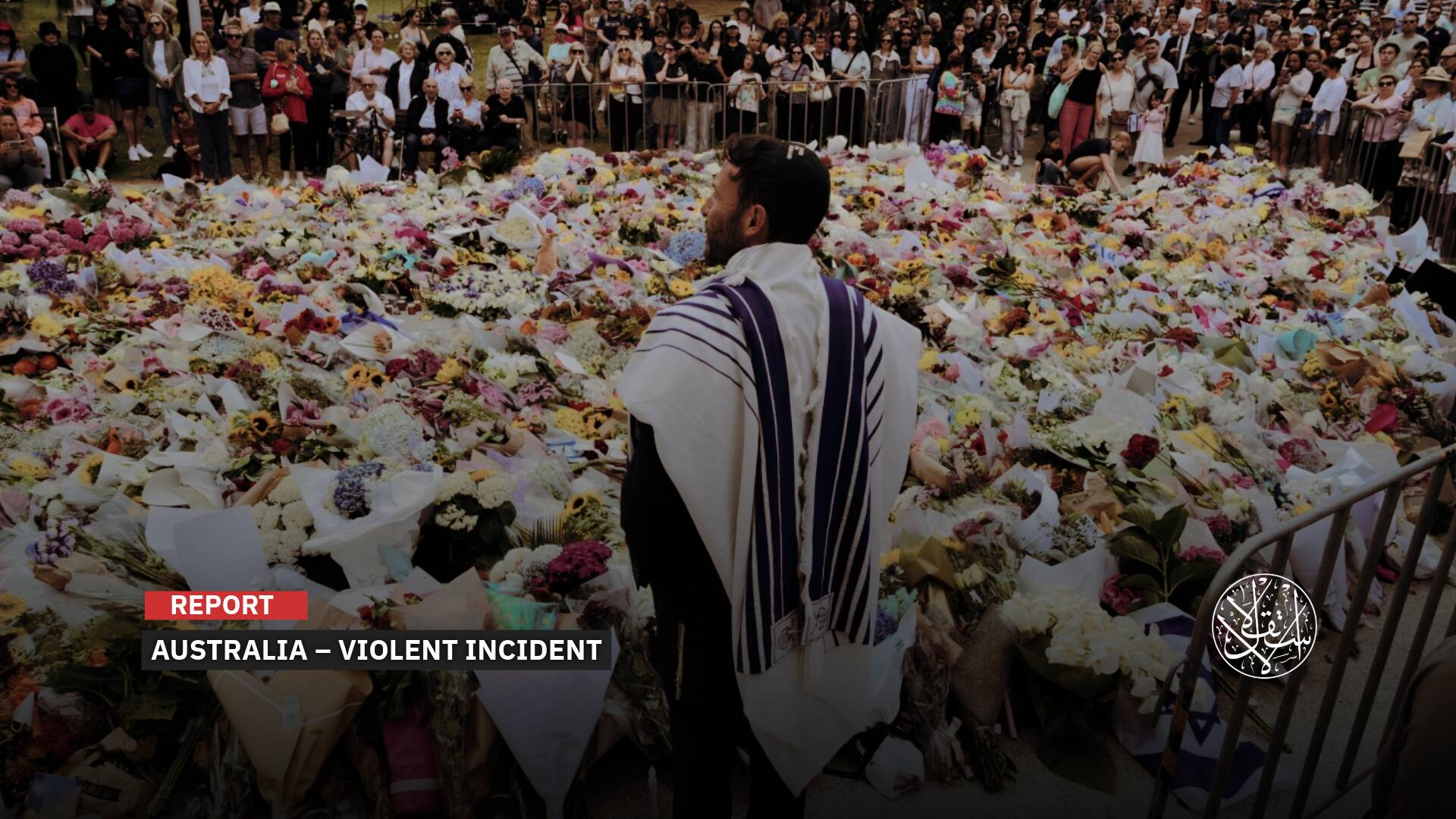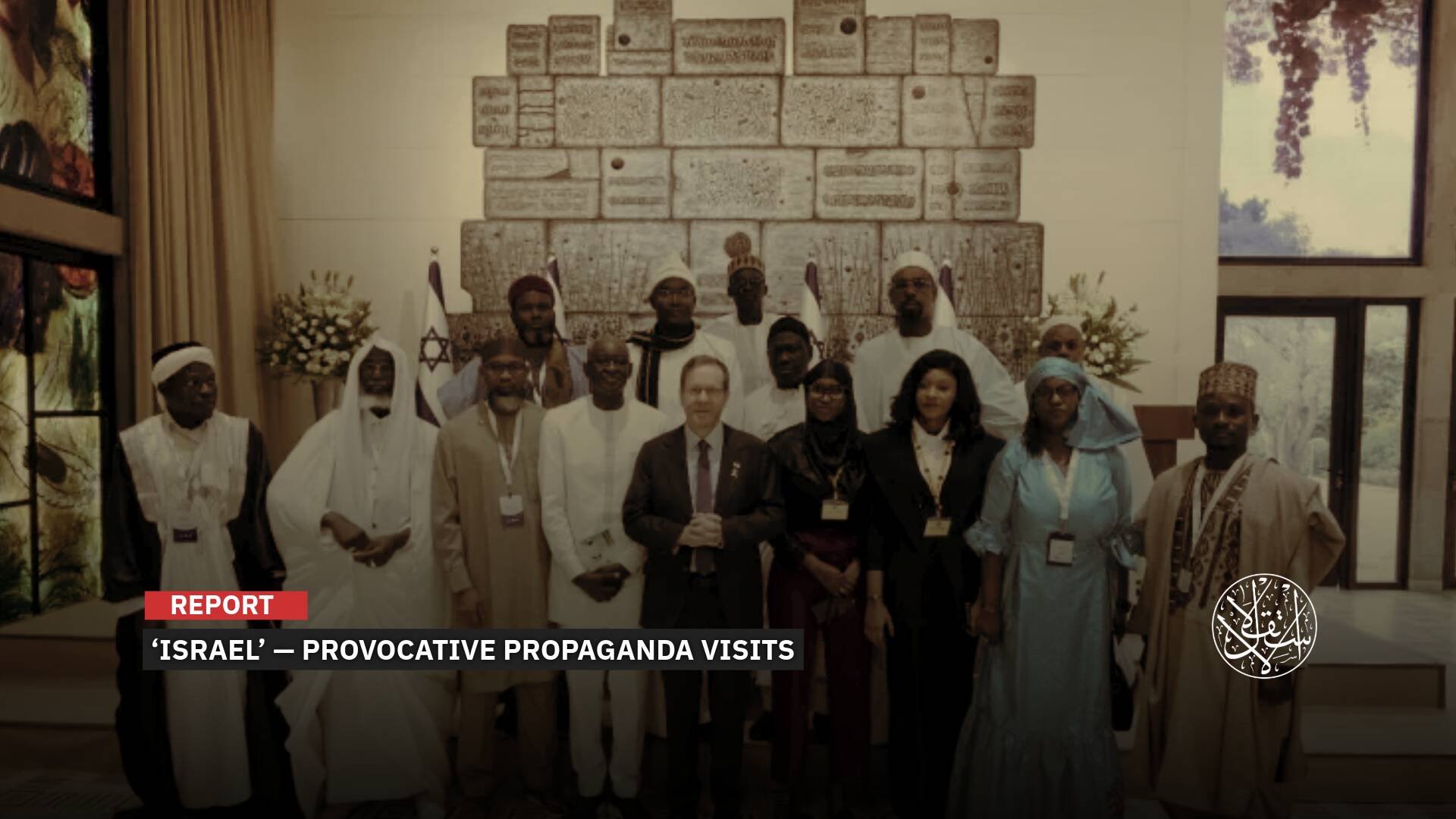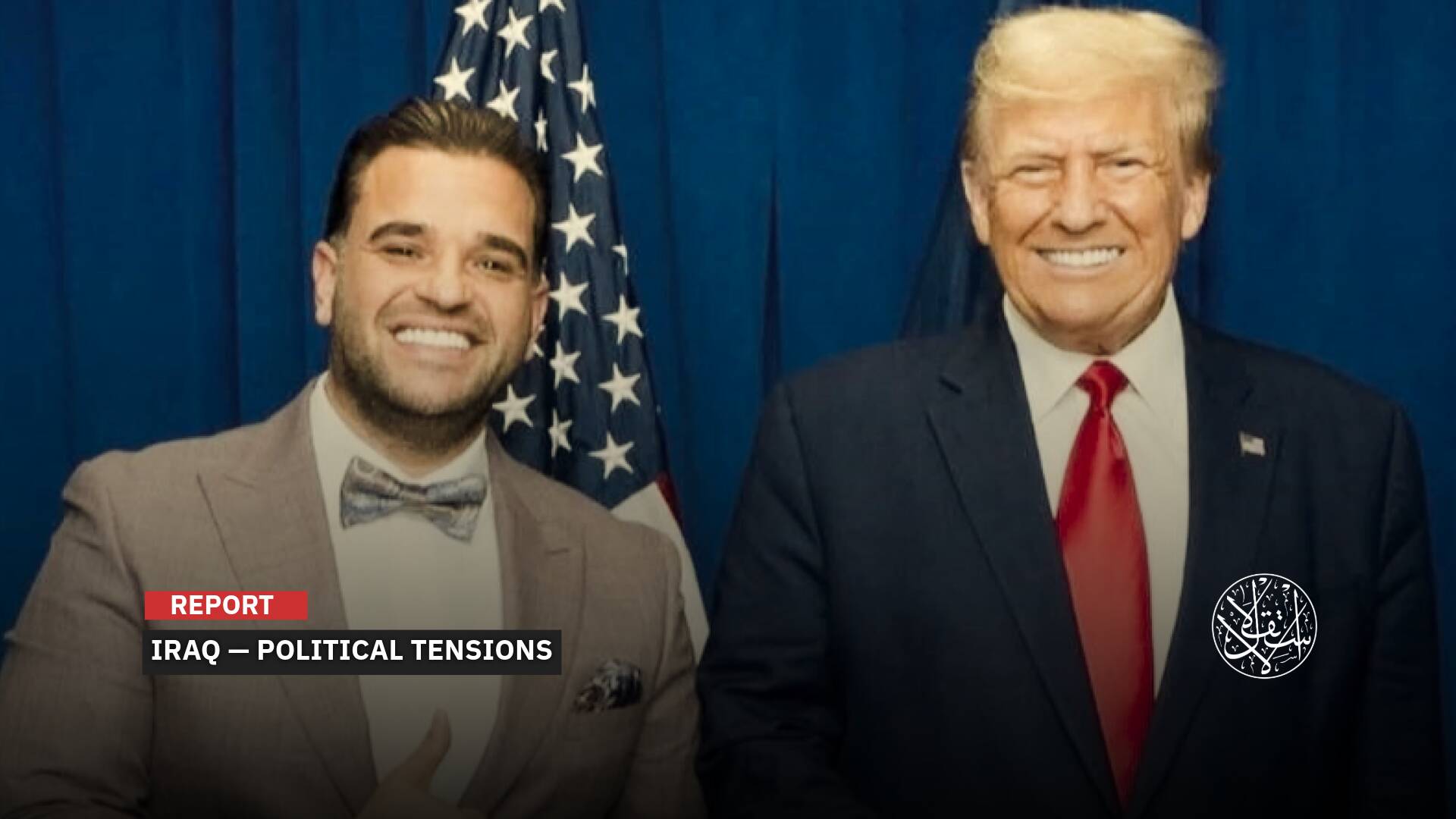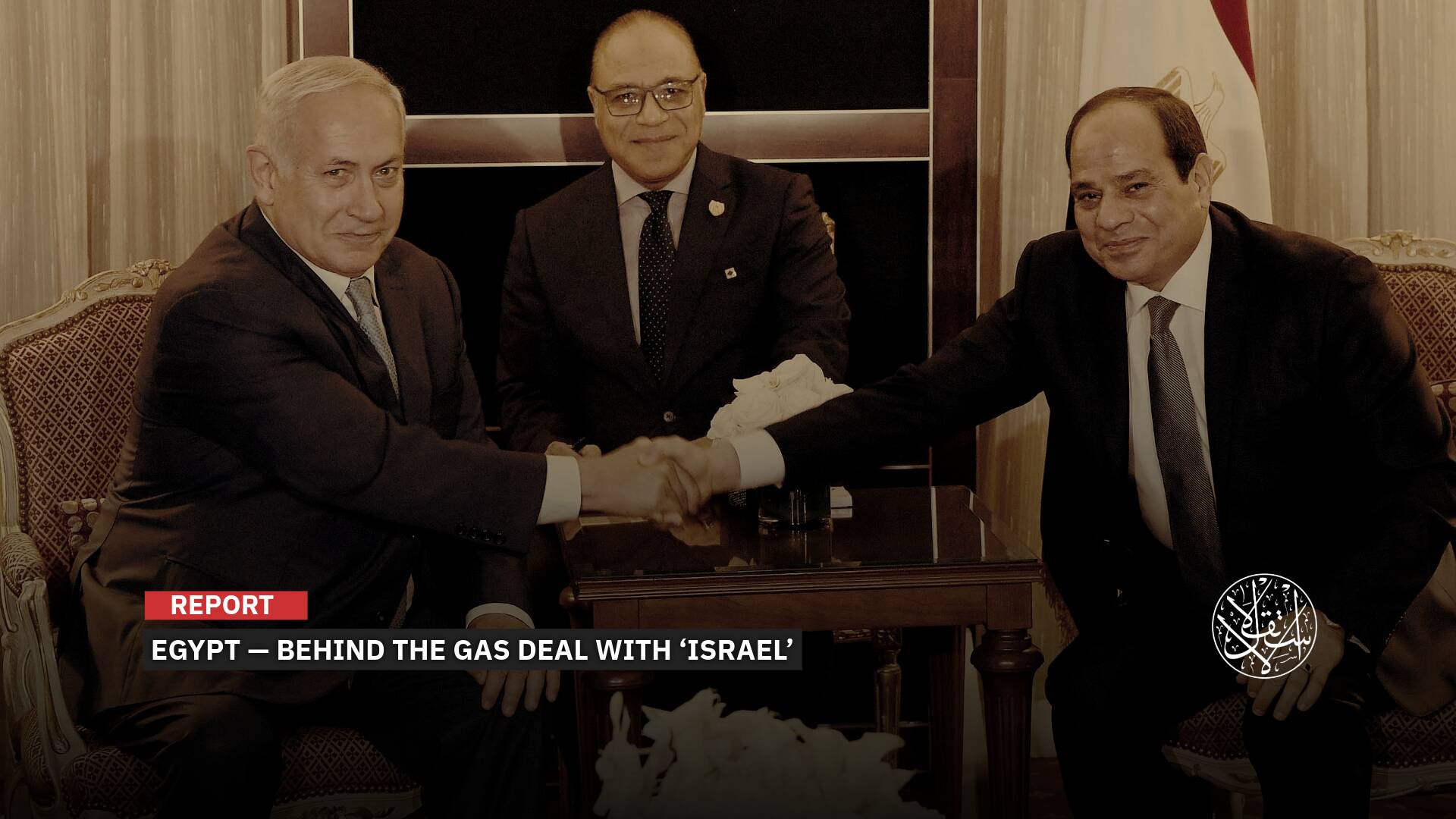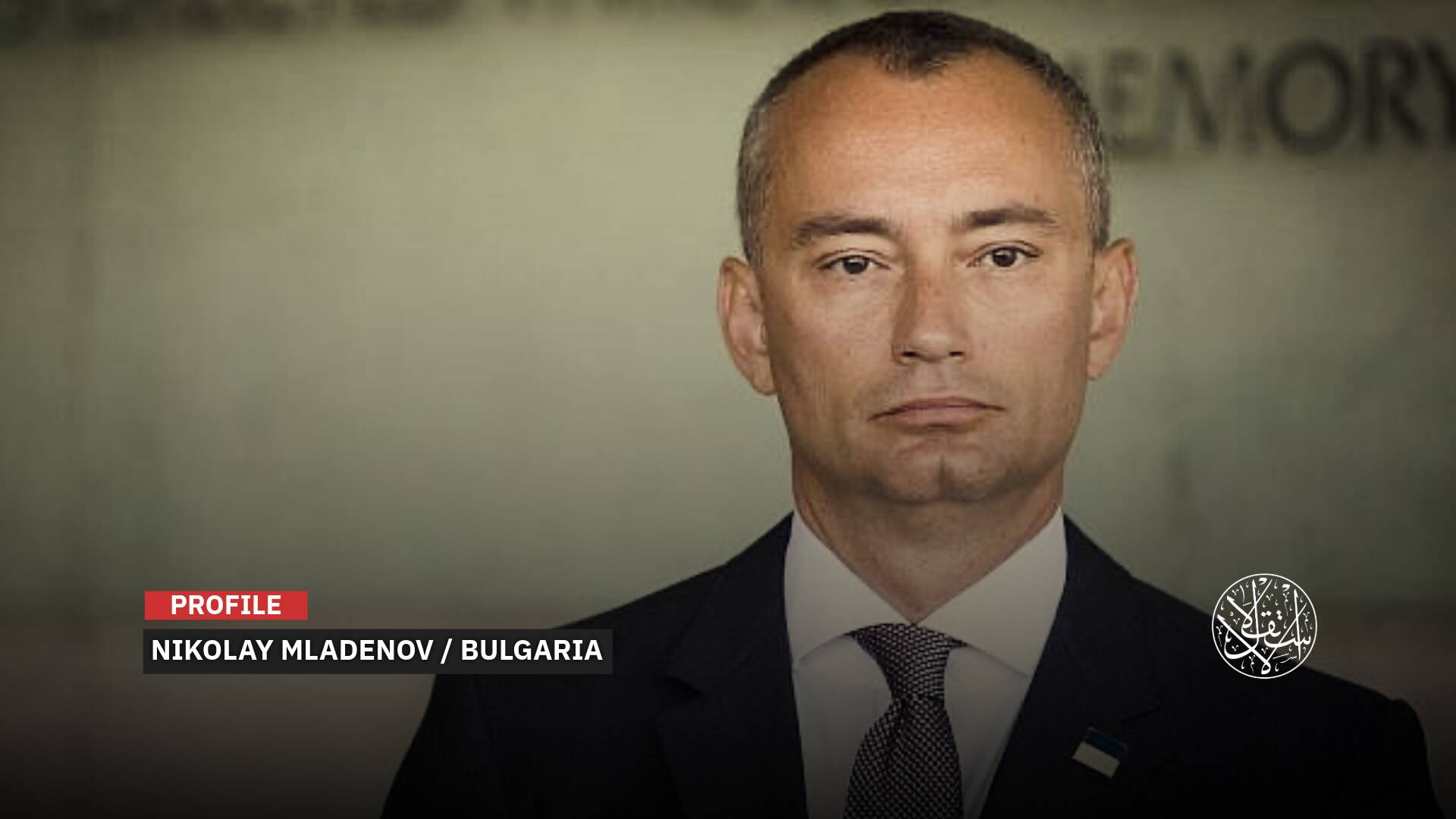Military Leaders, Nuclear Scientists: Key Israeli Assassinations in Iran

Iran has accused “Israel” of assassinating several of its military leaders and nuclear scientists.
Ismail Haniyeh, the head of the political bureau of the Islamic Resistance Movement Hamas, was not the first figure assassinated by “Israel” within Iran, its staunch regional adversary.
Iran has accused “Israel” of the assassination of several of its military leaders and nuclear scientists over the years.
In the early hours of July 31st, Hamas announced the martyrdom of Haniyeh by a bomb planted months before the blast that targeted the room of Hamas leader in the guesthouse in Tehran, where he had arrived to attend the inauguration of Iran's new president, Masoud Pezeshkian.
Targeting Nuclear Scientists
Among those Iran accuses “Israel” of assassinating was Mohsen Fakhrizadeh, a prominent nuclear scientist.
In November 2020, Mohsen Fakhrizadeh was killed by a remotely controlled machine gun in Damavand County near the capital, Tehran.
This scientist was described by U.S. and Israeli intelligence agencies as a key figure in Iran's nuclear weapons program.
Reports also indicate that diplomats referred to him as the father of the Iranian nuclear bomb and that he was responsible for Iran's secret nuclear weapons program.
Fakhrizadeh was an academic, but U.S. intelligence assessments indicated that this was a cover for his work in the field of nuclear weapons.
A prominent 2011 report by the UN's International Atomic Energy Agency identified Fakhrizadeh as a central figure in Iran's covert program to develop the technology and skills needed to produce atomic bombs.
Therefore, he had been one of the Israeli Occupation’s key intelligence targets for years. Iran vowed severe retaliation for his assassination.
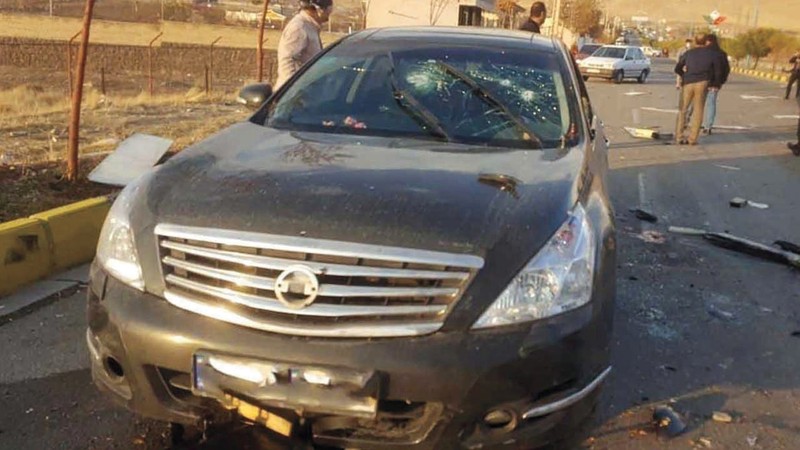
“Israel” did not officially comment on the assassination, but in September 2021, the New York Times reported that Tel Aviv had been attempting to assassinate him for 14 years and called off a planned operation in Tehran in 2009 at the last moment after it was exposed by the Iranians.
Israeli Prime Minister Benjamin Netanyahu spoke in a 2018 press conference about Iran's nuclear advancements and urged people to remember the name Mohsen Fakhrizadeh.
As part of the series of assassinations targeting nuclear scientists, the chemical engineer and uranium enrichment supervisor Mostafa Ahmadi Roshan, along with his driver, was killed by a magnetic bomb placed on his car by motorcyclists in northern Tehran.
Roshan died on January 11, 2012, and Iranian authorities quickly condemned “Israel.”
Similarly, on November 29, 2010, Majid Shahriari, the founder of the Iranian Nuclear Society, was assassinated with a magnetic bomb attached to his car by motorcyclists in Tehran.
Shahriari, a nuclear scientist tasked with one of the largest projects in the Iranian Atomic Energy Organization, was killed instantly when the bomb exploded while he was driving, also injuring his wife.
On the same day, the head of the Iranian Atomic Energy Organization at the time, Fereydoon Abbasi-Davani, narrowly escaped a similar fate after a magnetic bomb was attached to his car, but he managed to jump out before it exploded.
Earlier, on January 12, 2010, Massoud Ali Mohammadi was assassinated by a remote-controlled bomb in Tehran.
Iranian officials described Ali Mohammadi, a physics professor, as a nuclear scientist, though some said he did not work for the Atomic Energy Organization and taught at Tehran University.
Western sources said he worked closely with Fakhrizadeh and Abbasi-Davani, both of whom faced UN sanctions for their suspected involvement in developing nuclear weapons. “Israel” was thus accused of his killing.
Military Assassinations
On November 12, 2011, residents of Tehran heard a massive explosion from a Revolutionary Guard base in the town of Bidkaneh, about 50 kilometers from the Iranian capital.
Iran announced that day that "the founder of the missile force" or "the father of the Iranian missile project" Hassan Tehrani Moghaddam, was killed along with 16 Revolutionary Guard members.
The official Iranian statement claimed the explosion occurred during the transfer of military equipment, while Moghaddam's brother mentioned his death occurred during an intercontinental missile test.
At the time, suspicions were directed towards Tel Aviv, especially after a Western intelligence source told Time magazine that estimates pointed to the involvement of the Israeli intelligence agency Mossad in the "assassination operation."
About a month and a half after Moghaddam's death, a group calling itself Martyr Hassan Tehrani Moghaddam Brigades claimed responsibility for the killing of Israeli chemist Eli Lewis on December 26, 2011, increasing suspicions.
In May 2022, two motorcyclists shot and killed Colonel Hassan Sayyad Khodaei, an officer in the Iranian Revolutionary Guard.
According to Iranian media reports, Khodaei, 50, was shot "five times" while leaving his home. Tasnim News Agency reported he was targeted "after years of struggle."
Iranian media, including Al-Alam TV, suggested that Khodaei's military background could be crucial in uncovering the details of his assassination, implying that this act was orchestrated from outside the country.
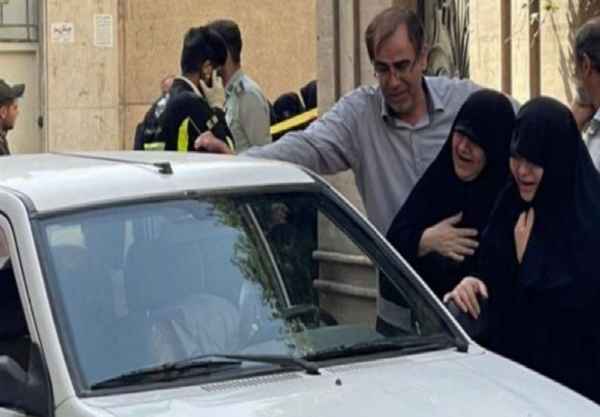
Officials, including former President Ebrahim Raisi and IRGC Commander Hossein Salami, blamed “Israel” and vowed revenge.
As in similar cases, “Israel” did not publicly comment on the killing, but informed Washington that it targeted the officer, according to the New York Times.
The newspaper reported that Israeli officials said Colonel Khodaei was the deputy commander of Unit 840 and was involved in planning cross-border plots against foreign citizens, including Israelis.
It explained that Unit 840 was part of the Quds Force, the IRGC's clandestine operations and espionage arm.
Israeli officials said Khodaei was responsible for the unit’s operations in the Middle East and neighboring countries to Iran, and that he was involved in attempts to carry out attacks against Israeli, European, and American citizens in the two years preceding his assassination.
A week after Khodaei’s assassination, “Israel” warned its citizens against traveling to Turkiye.
At the same time, the pro-government Turkish newspaper Sabah reported that eight IRGC members were planning with Turkish partners to assassinate Israeli former consul in Turkiye, Yosef Levi Safri, and a group of Israeli tourists.
However, on June 26, Turkish authorities arrested them, and they confessed they were sent to avenge Colonel Hassan Sayyad Khodaei’s killing, according to Sabah.
Poisoning Operations
In the same month, two Iranian scientists suddenly fell ill and died within days, in cities hundreds of miles apart.
Ayoob Entezari, an aerospace engineer at a military research facility, and geologist Kamran Aghamolaei, showed symptoms of food poisoning, and their conditions rapidly deteriorated.
Entezari, who worked at the AIO Research Institute in Yazd, central Iran, died on May 22, with local media initially maintaining a suspicious silence that did not last long.
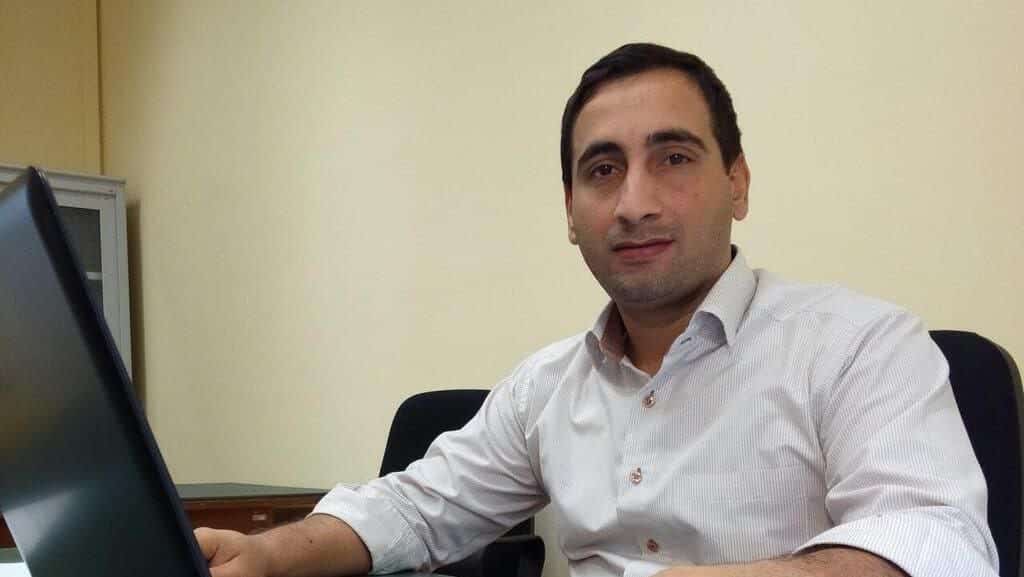
A colleague of Entezari from the military research facility stated on social media that Entezari was in good health the night before he suddenly fell ill.
Iranian media reported that no one else in his family became ill, despite all of them eating the same food at a banquet they were invited to.
The official narrative spread by Iranian media, including the state-run IRNA agency, described Entezari merely as an "industrial and aerospace scientist."
However, according to information obtained by Jadeh Iran, Entezari was a significant figure in fields sensitive to Iranian security.
He was a leading professor in the structural design of aerospace turbines, including fourth-generation jet engines.
These engines were unveiled by the Iranian Ministry of Defense for the first time in August 2020 and were described as a breakthrough in military industries, including naval, missile, and unmanned aerial vehicles.
Geologist Aghamolaei, according to the New York Times, worked at the Natanz nuclear facility in Iran. However, his friends denied this, claiming he worked for a private geological research company.
He had just returned to Tehran from a business trip in the northwestern city of Tabriz when he developed severe nausea and diarrhea, which worsened day by day until his organs failed and he died.
Both had graduated from top Iranian universities, as reported by the New York Times, and were healthy and athletic before their sudden illnesses.
An Iranian official told the New York Times at the time that “Israel” assassinated two Iranian scientists by poisoning their food.
Symptoms of poisoning began to appear in Entezari and Aghamolaei after attending dinner banquets at different locations, and the host of the banquet disappeared.
The suspicious deaths of Entezari and Aghamolaei came just days after the death of Colonel Ali Esmailzadeh, a commander of Unit 840 of the IRGC Quds Force.
The official Iranian narrative stated he died from falling off his balcony in the Jahan Nama area of Karaj Province.
However, Iran International reported from sources that Esmailzadeh, a close associate of the late Colonel Hassan Sayyad Khodaei, died on May 30 as part of a physical elimination by IRGC intelligence on suspicions of espionage.
Sources
- The Scientist and the A.I.-Assisted, Remote-Control Killing Machine
- Iran Suspects Israel Killed Two Scientists With Poison
- Hassan Sayyad Khodaei, IRGC colonel, was 'assassinated' in Tehran. [Persian]
- Death by a Thousand Cuts: What Lies Behind the Mysterious Death of Iranian Engineer Ayoub Entezari? [Arabic]


